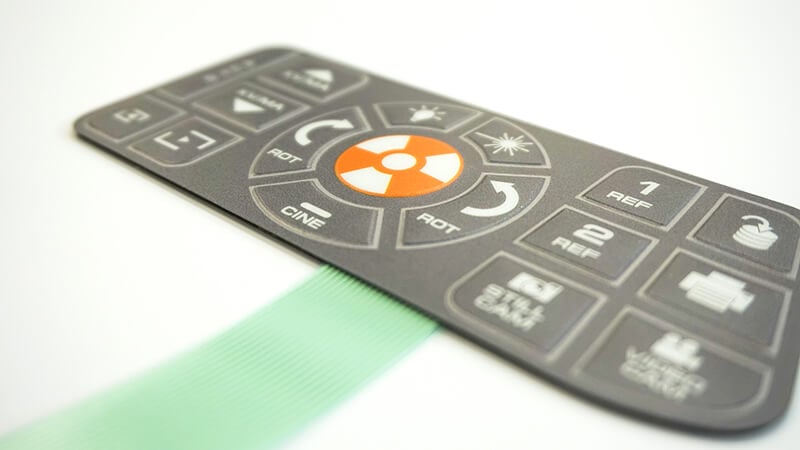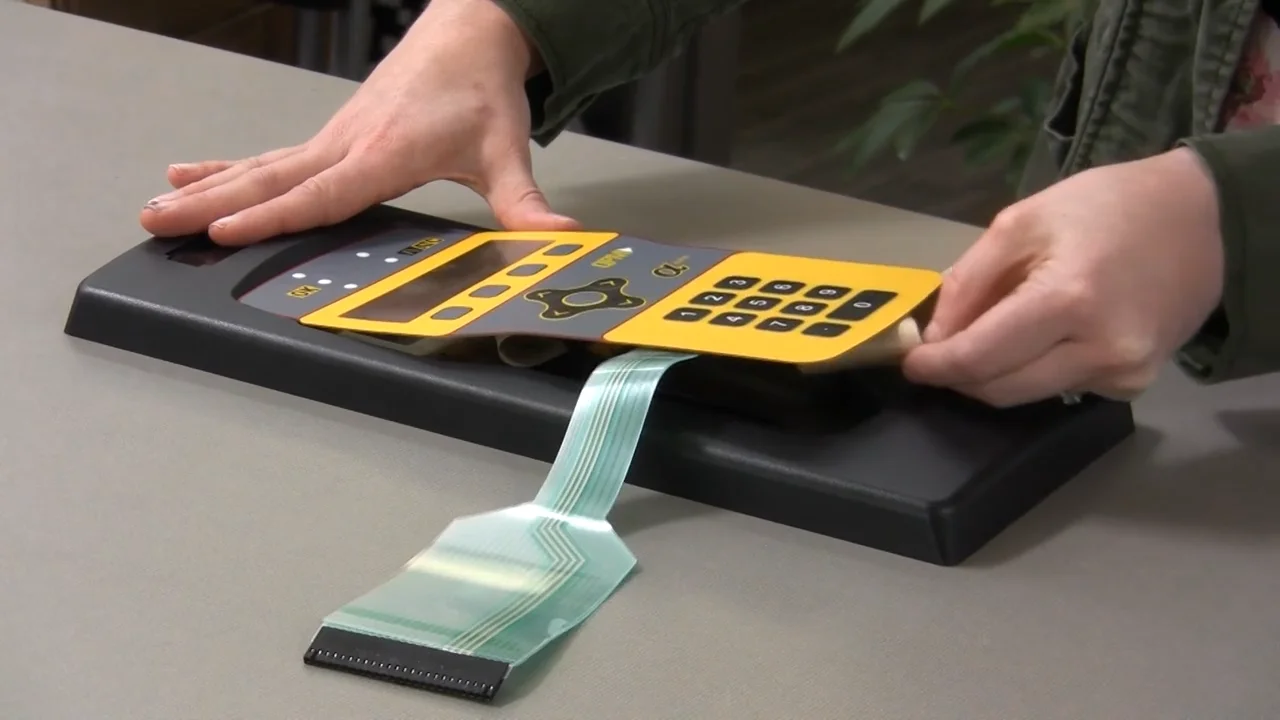Leading Advantages of Integrating a Membrane Switch Into Your Digital Devices
Leading Advantages of Integrating a Membrane Switch Into Your Digital Devices
Blog Article
Recognizing the Capability of Membrane Switches Over for Customer Interface Devices
The capability of membrane changes stands for a significant innovation in user interface layout, combining effectiveness with visual versatility. As markets significantly prioritize individual experience, understanding the nuances of membrane layer button technology becomes necessary.
What Are Membrane Buttons?
Membrane switches are innovative interface devices that assist in user communication with electronic equipment. These flexible components include numerous layers, including a graphic overlay, spacer, and a printed circuit layer. The layout permits a seamless integration into various digital devices, enhancing both the visual and practical aspects of interface.
Membrane buttons are generally employed in a variety of applications, from household home appliances to commercial equipment and clinical gadgets. Their building commonly includes a thin account, making them an ideal choice for compact layouts. The responsive comments offered by these buttons can be engineered to satisfy certain user preferences, making sure effective interaction between the user and the tool.
Longevity is another considerable benefit of membrane layer buttons, as they are immune to dust, dampness, and chemicals, which boosts their life-span popular settings. Furthermore, these buttons can be customized in regards to form, size, and graphic layout, permitting branding and user-specific attributes. Generally, membrane layer switches represent a practical remedy for improving individual experience in digital tools, integrating performance with visual charm in an efficient fashion.
How Membrane Layer Changes Job
Operating on a straightforward principle, membrane layer switches use a split building to sign up individual input properly. Each switch is composed of numerous layers, including a printed circuit layer, a spacer layer, and a leading graphic layer, which are created to interact seamlessly. When an individual presses the leading layer, it compresses the spacer layer, bringing the conductive components of the circuit layer right into call with each other.
This get in touch with develops a closed circuit, signaling the tool to execute a certain feature. The design enables for numerous arrangements, including tactile comments, which can boost the customer experience by offering a physical feeling upon activation. The products used in membrane layer buttons usually include versatile substrates, such as polyester or polycarbonate, which make certain resilience and durability against deterioration.

Key Benefits of Membrane Layer Buttons

An additional considerable benefit is their density. Membrane buttons are thin and light-weight, which enables manufacturers to conserve space in their tools without compromising capability. This function is specifically useful in applications where weight and quantity are essential considerations.
In addition, membrane switches are resistant to dirt, wetness, and chemicals, enhancing their toughness. This strength prolongs their life expectancy and reduces the demand for regular replacements, leading to cost savings gradually.
In addition, the tactile comments given by membrane layer switches can be enhanced to boost user communication. They can consist of features such as increased switches or distinct clicks, enhancing usability and customer experience.
Applications Across Industries
Interface tools using membrane layer switches prevail in a vast array of industries, showcasing their versatility and capability. Membrane Switch. In the clinical industry, membrane buttons are indispensable to devices such as diagnostic devices and person surveillance systems, where their durability and simplicity of cleansing are critical for maintaining hygiene standards. In the vehicle sector, these buttons are used in control panel controls and infomercial systems, supplying a streamlined and modern-day user interface for individuals.
In addition, the customer electronic devices field advantages from membrane layer buttons in home appliances and handheld devices, where compact design and user-friendly user interfaces boost individual experience. Industrial applications likewise take advantage of membrane changes for control board in equipment and automation systems, stressing their robustness Resources and resistance to extreme settings.
In the aerospace and protection sectors, membrane buttons are made use of in cockpit controls and tools, where integrity and efficiency under severe conditions are extremely important. In addition, the pc gaming industry progressively includes membrane layer buttons in controllers and game devices, adding to an appealing individual experience. In general, the flexibility of membrane layer changes enables their prevalent use across countless industries, underscoring their relevance in modern customer interface style.
Future Trends in Membrane Layer Change Modern Technology

Furthermore, the usage of advanced materials, such as polycarbonate and polyester movies, is anticipated to climb, offering improved durability and resistance to environmental stressors. These products add to the total longevity of membrane switches, making them appropriate for harsher commercial applications.
In addition, the unification of wise modern technology, including IoT connectivity, will allow membrane switches to connect with other devices and systems, helping with a much more interactive individual experience. This pattern lines up with the expanding need for clever devices see post throughout various sectors, from healthcare to consumer electronics.
Lastly, customization options are anticipated to expand, allowing manufacturers to create bespoke solutions customized to details customer requirements and preferences. These advancements will position membrane layer buttons as crucial parts in the development of interface modern technology.
Final Thought
In conclusion, membrane switches over stand for a critical development in interface innovation, supplying a reliable and functional service for diverse digital applications. Their split construction helps with small layout, while features such as tactile comments enhance user interaction. The resilience versus environmental variables further strengthens their energy across numerous markets. As innovations in material science and touch sensing innovations continue, the functionality and applicability of membrane layer switches are anticipated to increase, strengthening their significance in modern-day electronic tools.
Report this page